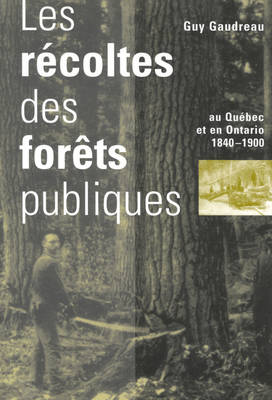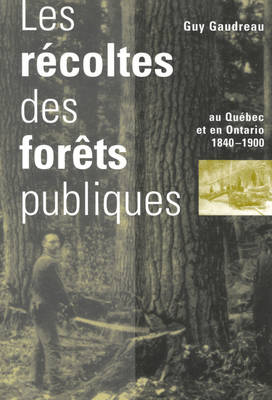
- Afhalen na 1 uur in een winkel met voorraad
- Gratis thuislevering in België vanaf € 30
- Ruim aanbod met 7 miljoen producten
- Afhalen na 1 uur in een winkel met voorraad
- Gratis thuislevering in België vanaf € 30
- Ruim aanbod met 7 miljoen producten
Zoeken
€ 62,45
+ 124 punten
Uitvoering
Omschrijving
Focusing on the transition from the production of squared timber to that of milled lumber and, finally, wood pulp, Gaudreau traces the constant depletion of the resource and the companies' resulting, inexorable push westward from Quebec into Ontario - an economic migration that led to the establishment of significant francophone communities across northern Ontario. He shows how recent generations of Quebec historians have failed to provide adequate historical explanations because of an overly exclusive focus on Quebec. Gaudreau's work provides an important historiographic corrective, showing that the history of Quebec is part of a complex fabric that, like the forests themselves, does not recognize provincial boundaries. Detailed annual data on the volume of principal forest products produced from Crown lands in Quebec and Ontario during the second half of the nineteenth century compiled systematically for the first time form the backbone of this study. Based on these data Gaudreau describes and clarifies the timing, scale, and significance of transitions in forest outputs as spruce joined pine as the principal type of wood logged and as milled lumber and subsequently pulp wood joined, and eventually replaced, square timber as the key product. The book addresses the implications of resource depletion and the economic and historical changes in the forestry industry, including the transition from a commercial and artisanal process to an industrial process and the implications this had for colonization and migration.
Specificaties
Betrokkenen
- Auteur(s):
- Uitgeverij:
Inhoud
- Aantal bladzijden:
- 178
- Taal:
- Frans
- Reeks:
- Reeksnummer:
- nr. 9
Eigenschappen
- Productcode (EAN):
- 9780773517844
- Verschijningsdatum:
- 20/01/1998
- Uitvoering:
- Paperback
- Formaat:
- Trade paperback (VS)
- Afmetingen:
- 152 mm x 229 mm
- Gewicht:
- 349 g

Alleen bij Standaard Boekhandel
+ 124 punten op je klantenkaart van Standaard Boekhandel
Beoordelingen
We publiceren alleen reviews die voldoen aan de voorwaarden voor reviews. Bekijk onze voorwaarden voor reviews.











